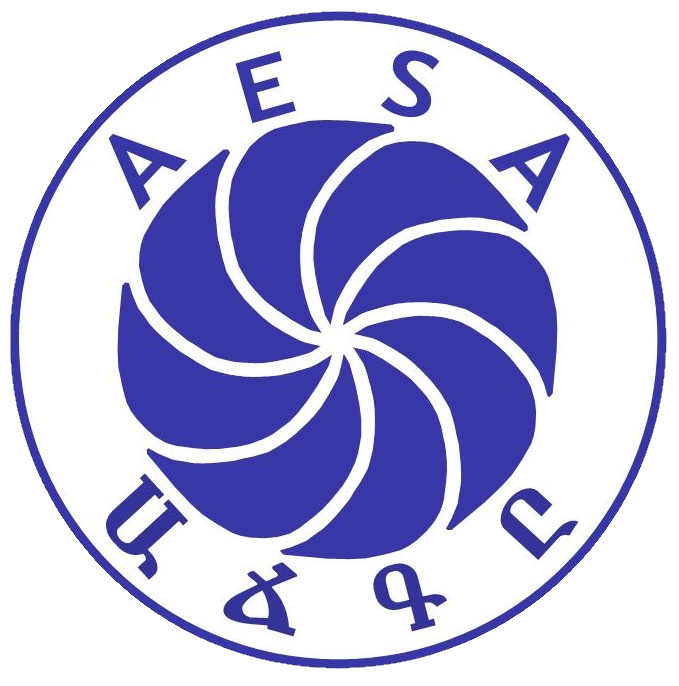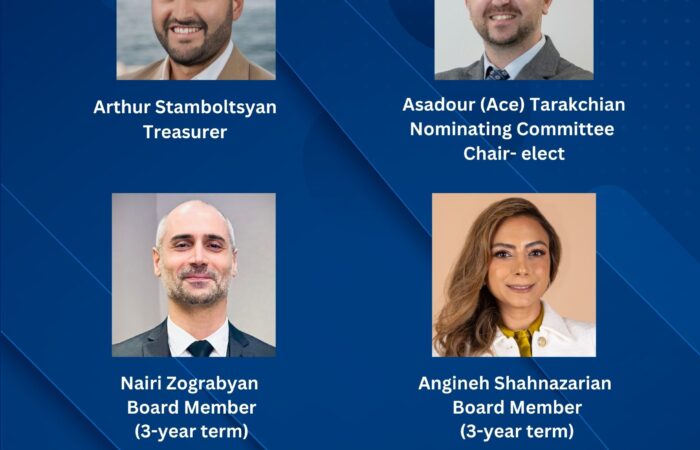Armenia, a country with a rich cultural heritage, is making significant strides in the realm of science and technology. At the forefront of this movement is the Foundation of Armenian Science and Technology (FAST), whose latest project aims to revolutionize education in the country. In a recent announcement, FAST unveiled its plan to implement Artificial Intelligence (AI) education in Armenian secondary schools, marking a pivotal moment in the nation’s commitment to advancing in the fields of science and technology.
The Three Pillars of FAST:
FAST operates on a foundation built upon three crucial pillars: Education, Research, and Commercialization. These pillars form an ecosystem designed to contribute to the overall progress of science and technology in Armenia. By addressing these key areas, FAST strives to create a comprehensive framework that fosters innovation and excellence.
STAN: A Supportive Offshoot:
An integral part of FAST’s efforts is the Science and Technology Angel Network (STAN), an initiative aimed at supporting startup companies in Armenia. During a gathering at FAST, Armenia’s Technology Minister, Rober Khachatryan, declared the nation’s commitment to allocate 2% of its GDP to support Science and Technology Research and Development. This financial commitment underscores Armenia’s dedication to fostering innovation and technological advancement.
A Cooperative Relationship:
During a visit to the STAN office at the Mergelyan Institute, a significant step was taken in establishing a cooperative relationship between STAN and the Armenian Engineers and Scientists of America (AESA). The meeting, led by Ruben Osipyan, Entrepreneurial Program Leader, proved to be constructive in aligning the objectives and missions of both organizations. The shared focus on Education, Research, and the advancement of Science and Technology for Armenia laid the groundwork for a promising partnership.

AESA’s Decade of Dedication:
The Armenian Engineers and Scientists of America’s Northeast (AESA-NE) chapter has played a pivotal role in supporting the educational improvement of Armenian students and veterans over the past decade. Through dedicated members and collaborative programs with institutions such as NUACA, GITC, and Rutgers University’s Center for Advanced Infrastructure & Transportation (CAIT) division, AESA-NE has actively contributed to elevating the educational landscape in Armenia.
Conclusion:
As Armenia embarks on a journey of scientific and technological growth, initiatives like FAST’s AI education program and the collaborative efforts with organizations like STAN and AESA are vital catalysts for progress. By investing in education, research, and commercialization, Armenia is laying the groundwork for a future where innovation thrives and technology becomes a driving force in shaping the nation’s destiny. The cooperative spirit between these organizations marks a significant milestone in the pursuit of excellence, setting the stage for a brighter and technologically advanced future for Armenia.




